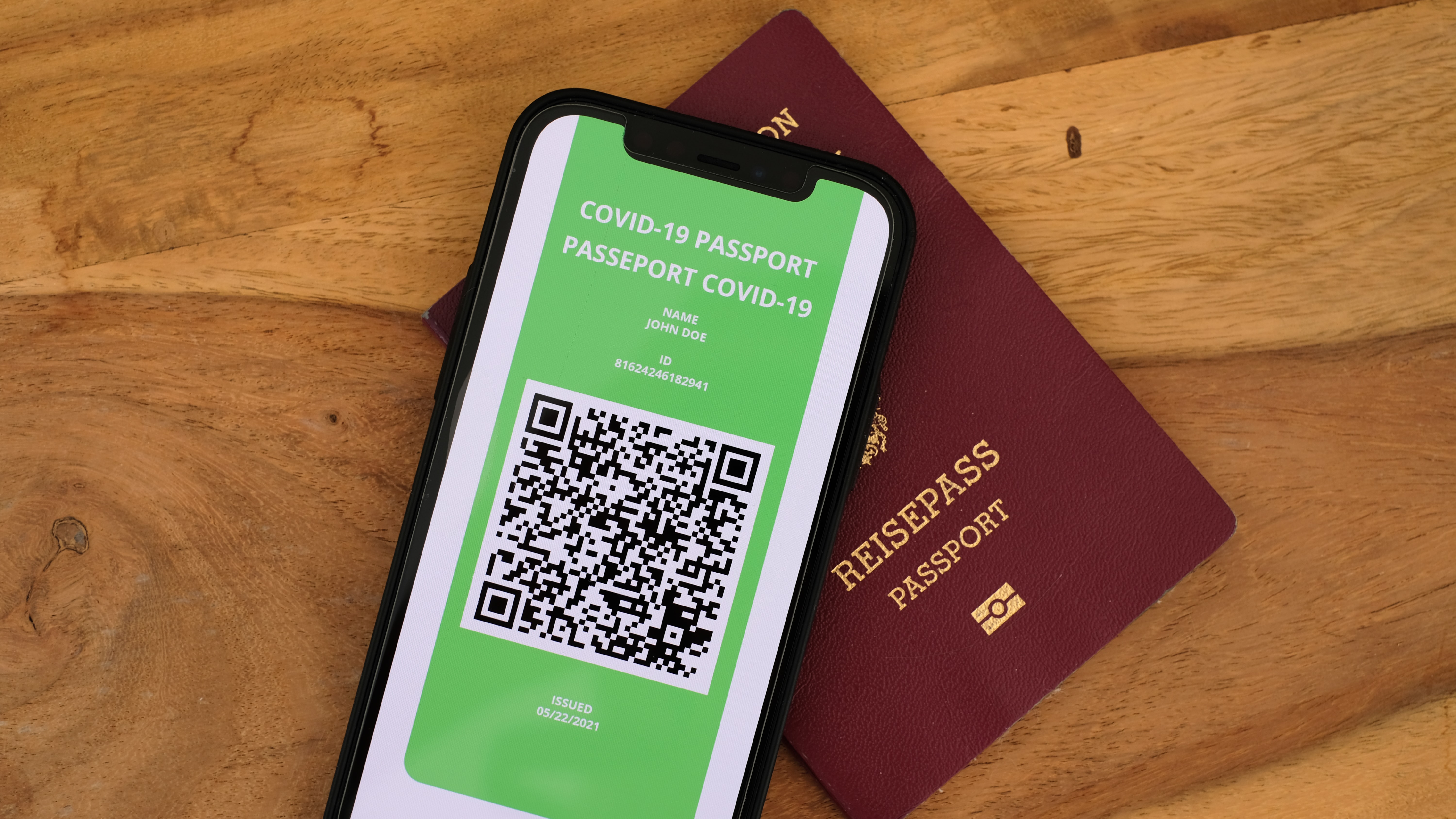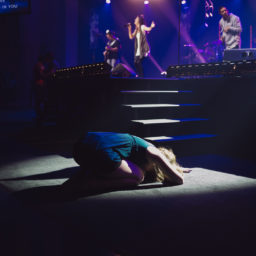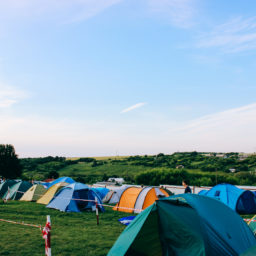There is no end in sight to the pandemic. Yet a privileged few are getting a taste of it. A preview. The ingredients of post-pandemic scenes will be an urge to move forward, a nostalgia for what existed before, and the integration of methods of resilience in the new status quo for music.
The urge to prefix ‘post-’
The urge to move forward, to connect with music and each other again, is one of the driving forces behind the demand for events and people’s willingness to spend on it. People who are attending an event for the first time since the start of the pandemic come out, vaccinated or tested, but also people who have been plague raving. While many people have spoken out against plague raves, I’m not aware of any blacklists existing and suspect perpetrators will be quickly forgotten in a wish to move on and reunite.
There are also people who have left the scene: from artists, performers, workers in other domains of music, to party-goers. Some have moved out of cities, some changed careers and became programmers, train drivers, designers. Sad as this may be, it also creates space in the most competitive areas for newcomers who perhaps carry a different vision than the old guard does.
There has always been a certain passing of the torch, usually gradually. Now we’ll see it in high contrast.
Nostalgia
Nostalgia comes in many forms. Younger generations will be nostalgic for a future they anticipated having. They’re going to manifest that future now. Then there are the people that are frozen in time. One day in February or March 2020, they left the club and went home, expecting to do the same thing next weekend. For them, in part of the world, that weekend is finally emerging.
This dynamic is also manifesting in music, creating an interesting tension between new emerging visions and the desire to return to our old place of comfort. It’s a perfect recipe for new sounds that integrate throwbacks – whether that’s Britney Spears vocals, 90s subculture aesthetics, or pop punk.
Methods of resilience
Livestreams, NFTs & DAOs, and countless new formal and informal organisations have all emerged as methods to offer resilience in a period of hardship. Instead of zeroing in on specifics, like we do in the links section of the newsletter, let’s look at the bigger picture.
Normalization of virtual music experiences.
Livestreams and other types of virtual music experiences will sit alongside other offers. They may be highly socialized or ‘single player’ and need to adopt ‘better than real life’ strategies in order to succeed.
Interconnected communities.
Virtual events and Discords connected international communities in ways they weren’t before. While previously the connections were through traveling musicians and promoters, now people from different places have connected through music in another way. This change may be difficult to spot for most readers who have been creatively or professionally involved in music for years, but it’s tangible for superfans as well as aspiring artists just starting out.
New formal networks.
The past year has seen organisations form from the events sector lobbying and trying to stay afloat to social justice organisations standing up for people in music. These organisations are constantly finding ways to stay relevant and help people deal with the issues of the day. They’ll be able to provide representation post-pandemic where previously representation didn’t exist (or struggled to gain visibility).
New informal networks.
Most networks don’t have a name or legal entity, so the changes happening here are harder to represent, but crucial to music going forward. For example: in Berlin, organizers have been allowed to throw gigs outdoors, but with 8 months of gloomy weather per year, the city’s not exactly set up for this. People have scrambled to organize spaces, assisted by formal networks, but coming together in new configurations that previously didn’t exist, with no formal name to signify them. The connections being shaped & the integration of previously disconnected networks will shape at least part of the post-pandemic music landscape in cities around the world.
Web3.
For substance, read everything or anything we’ve already written about on this topic. In short, communities can now turn the value they create into money by raising funds through NFTs and other types of tokens. This goes into platform-agnostic community bank accounts. It’s a powerful dynamic that will be as influential for the next generation of culture as the web 2.0 was for the previous. It gives more people the chance to opt out of the status quo & do things differently. I’m particularly curious how collectives & the informal networks that formed during the pandemic will utilize this for events (real & virtual), merch (real & virtual), and to support their creative work.
At the beginning of the year, we anticipated 2021 would be characterized by new scarcity models. Rather, it’s not just the year – it’s the decade.







